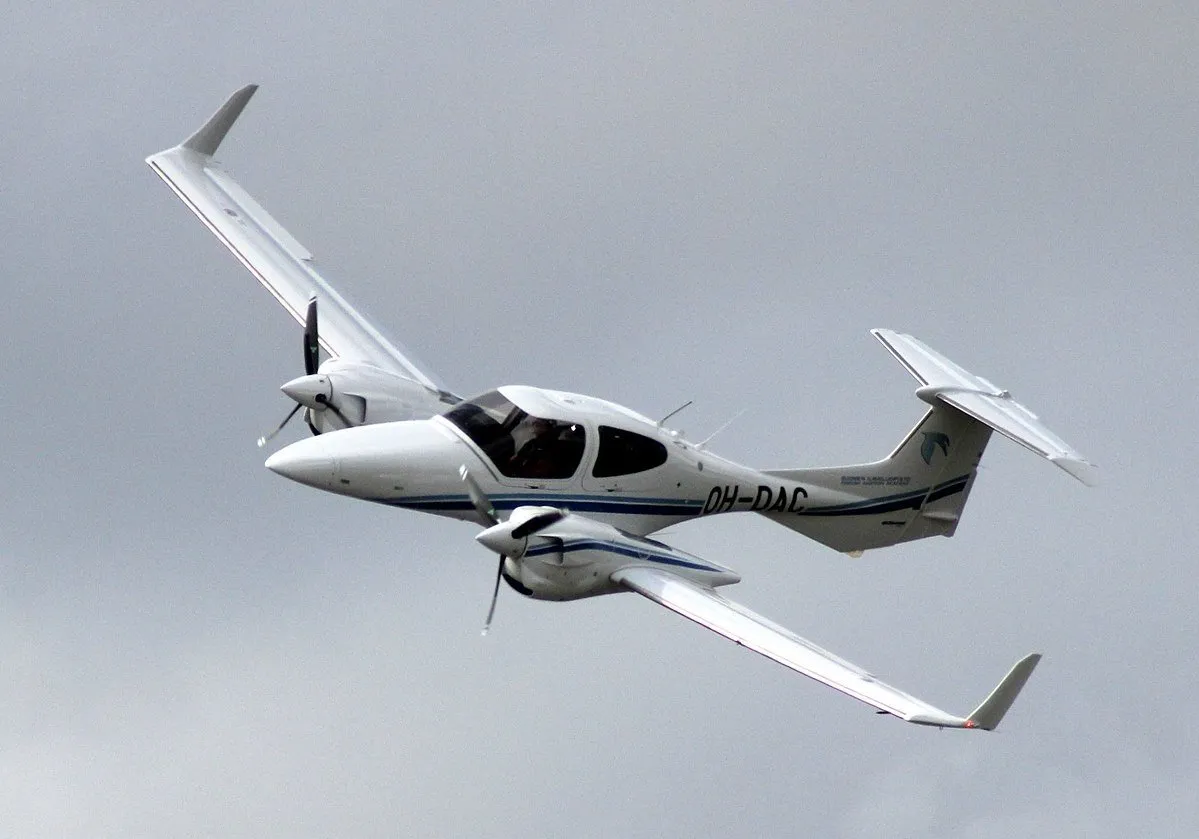In a move that will shake up the rank and file of general aviation, Diamond Aircraft, manufacturor of the Diamond DM-40, has been acquired by China’s enormous Wanfeng Aviation. This comes just a year after the holdings giant bought up 60% share of Diamond Canada.
Updated 27 December 2017. Diamond Aircraft has been acquired by China’s enormous Wanfeng Aviation.

Diamond has long been on the forefront of technological advancement in the general aviation segment of the market, bringing very forward thinking concepts to the fold. In an market where technology has been virtually unchanged in the last five decades, they brought composite design, synthetic vision displays, and diesel engines to general aviation pilots.
Cited as being a strong business maneuver, Diamond has not had the deep pockets that they would need to fully promote and back the sort of development that they want to see. Wenfeng offers the ability to give them the push that they need to continue developing truly cutting edge aircraft for the general aviation market, a segment which desperately needs to be pulled out of a severe technological famine. Mr. Christian Dries, the outgoing CEO of Diamond, had this to say about the acquisition, completed on December 23rd: “Diamond is my life’s work. In the interest of a successful long term future, we needed to find the right partner to continue our good work. Wanfeng and specifically Mr. Bin Chen share my vision of the future of general aviation and are investing for the right reasons, with a long term strategy and the resources to see their vision through. I look forward to seeing Diamond develop further and based on our successful year long partnership in Diamond Canada, I am fully satisfied that I leave Diamond in very good hands.”
This acquisition should not come as a surprise to anyone in the aviation community; China, is the largest and fastest growing market segment in the world. Diamond is a premier producer of primary training aircraft in the form of the DA-40. With annual growth rates in aviation of 15% in a country which contains one-seventh of the global population, a rapidly growing supply of light aircraft must be secured to keep up with the demand.
The acquisition of general aviation assets is not a new one, though. Accoirding to the Rand corporation, the long line of assets being bought up by Chinese holdings began shortly after the beginning of the 21st century with Brantly Helicopter being bought up in 2007. This certainly did not raise many eyebrows because Brantly was very little more than a defunct afterthought in the aviation world. However, the acquisition of Teledyne by the Aviation Industry Corporation of China (AVIC) certainly might. AVIC employs just under half of a million employees and ranks in at 162nd in the Fortune Global 500. These are rather daunting figures for a corporation which has only been in existence for a hair less than a decade, although it makes more sense when you understand that it is a state-owned holdings corporation.
The farther up the timeline of acquisitions you go, the more it appears to be a systematic takeover of the general aviation industry. Cirrus Aircraft was purchased by AVIC and China Aviation Industry General Aircraft (CAIGA) in 2011; Tom Hamilton’s composite homebuilt Glasair Aviation was purchased by Zhuhai Hanxing General Aviation Company, Limited, also in 2011. These companies are smaller and not making quite the same splash as Teledyne, but the purchase of the well-storied Mooney International Corporation by the Henen Meijing Group, a Chinese real estate mogul, surely should. Mooney is iconic to the industry. Mooney has also long struggled to turn a profit.
The reasons for the litany of purchases and mergers by the Chinese seem to be linked closely with general economic downturns in the U.S. Basically, general aviation is a nicety in the west and is one of the first items to go when economic health as a whole takes a dip. In lay terms, the private aircraft in your hangar will be the first thing to go when individuals are struggling to make mortgage payments. Many of the major purchases noted by the Rand Corporation unsurprisingly coincided with the housing crisis and ensuing economic downturn around 2009. Westerners investors lacked the capital to invest in an industry which did not have immediate value, whereas Chinese investors have been poised to gobble up floundering industries and aviation is a great market for them to own. Since so much of China’s industry and resources are spread across the Pacific Rim, there is no other option than aviation. By purchasing proven American manufacturers and allowing them to remain stateside with Chinese capital investments, they are owning the market from afar and ultimately reaping rewards from the west while they retain exclusive access to the product. Diamond will continue to sell to western customers but now China has exclusive access to the product line and production.
At the end of the day, this was inevitable. General aviation has been stifled with choking regulation for decades which has stymied advances in aviation technology. Pilots carry computers in their pockets in the form of a phone that are more powerful than the computers on the space shuttles, yet they fly in airplanes using ‘steam gauges’ for instrumentation when their phone can run software providing synthetic vision and offer pinpoint accuracy. Aircraft engines, while generally effective, are decades behind their contemporaries in the automotive industry. As long as bureaucratic regulation stifles growth, China will surely be more than happy to keep buying up struggling companies. There are, of course, some strings attached.